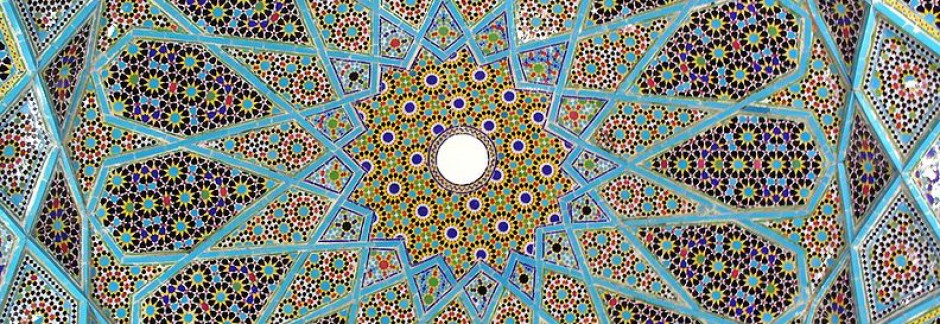What is sufism, and who is a sufi?
Sufism is historically identified with Islam as its esoteric and mystical dimension, based on a spiritual lineage that can be traced back to the Prophet Muhammad. Thus a sufi is (almost always) by definition a Muslim.
Yet some sufis, particularly those sufi orders deriving from Hazrat Inayat Khan’s efforts to bring sufism to the West in the early 1900’s, aver that sufism exists independently of Islam; that sufis have have always existed, and in fact go back to the time of Zoroaster. In this definition, sufi is a term that denotes a member of a lineage that derives its authority from a genuine saint or master whose authority in turn derives from a prophet (any prophet).
Thus, any genuine spiritual lineage is sufic by definition, although the term seems to apply specifically to the Middle East.
Avatar Meher Baba, who claims to be the Prophet of our time, and identical to past prophets such as Zoroaster, Ram, Krishna, Buddha, Christ and Muhammad, validated that the veracity of sufism depends on a lineage composed of saints or masters of the spiritual path, and not on religious identification.
Thus, because he is the Prophet of our time, Meher Baba is also the Sufi of our time. Eruch Jessawala, Meher Baba’s chief male disciple, once remarked to me in Mandali Hall at Meherazad, India that “we (the lovers of Meher Baba) are sufis by fact of loving the Sufi of our age”.


I remember Irina Tweedie writing in “Daughter of Fire” that her Murshid had taught that Sufis, those who lived in wool and possessed naught else, “came to the Prophet Muhammad requesting protection.” At the time I did not inquire, “Protection from whom? Muslims or non-Muslims?” The emphasis here was that this group, certainly not a unified “order,” had already followed a “silsila” or chains of descent from Prophets of the past, whose authority or validity might be now questioned and attacked- by Muslims; as the “blanket-wearers” were already accustomed to the slings and arrows of the societies around them. The… Read more »